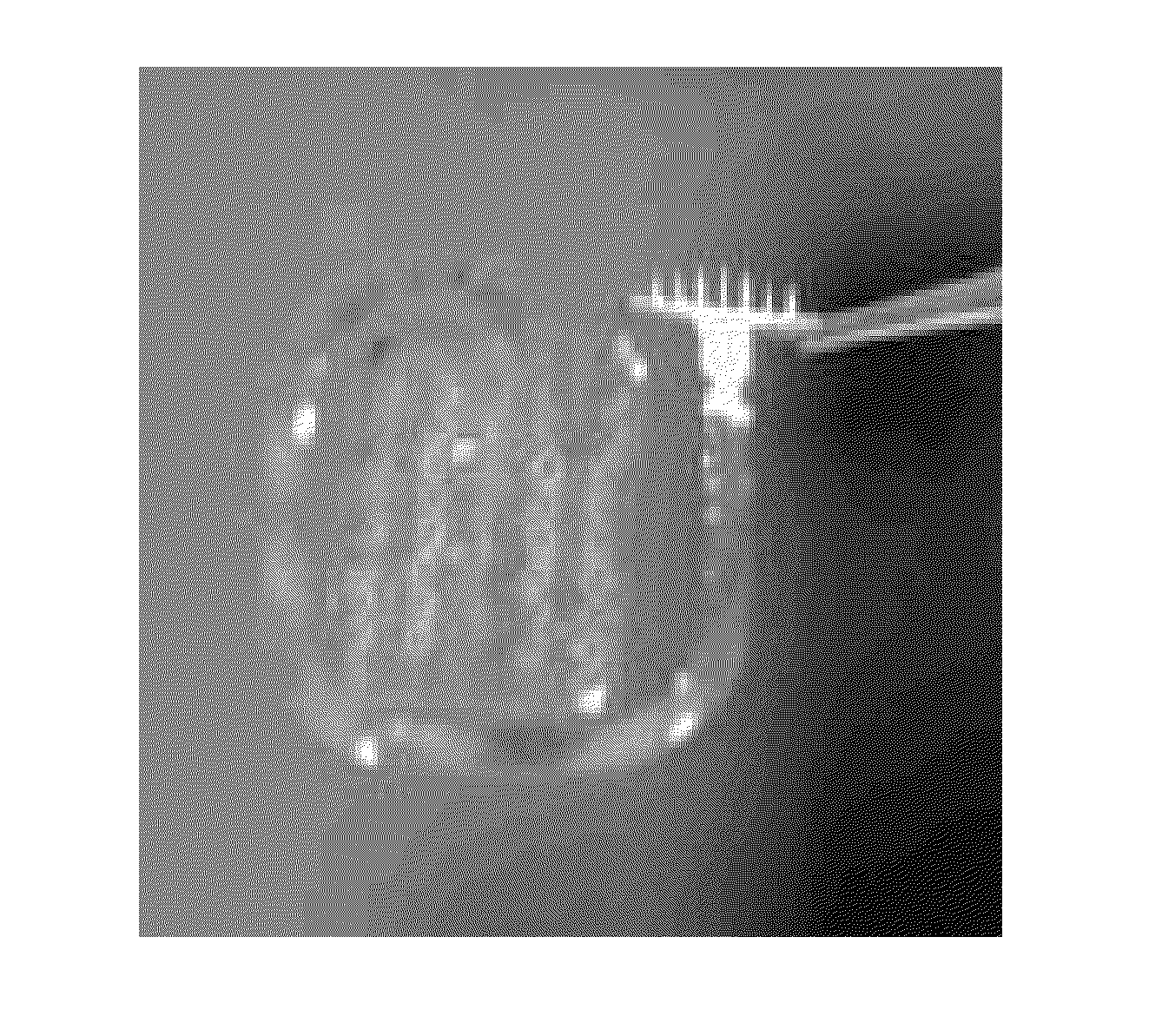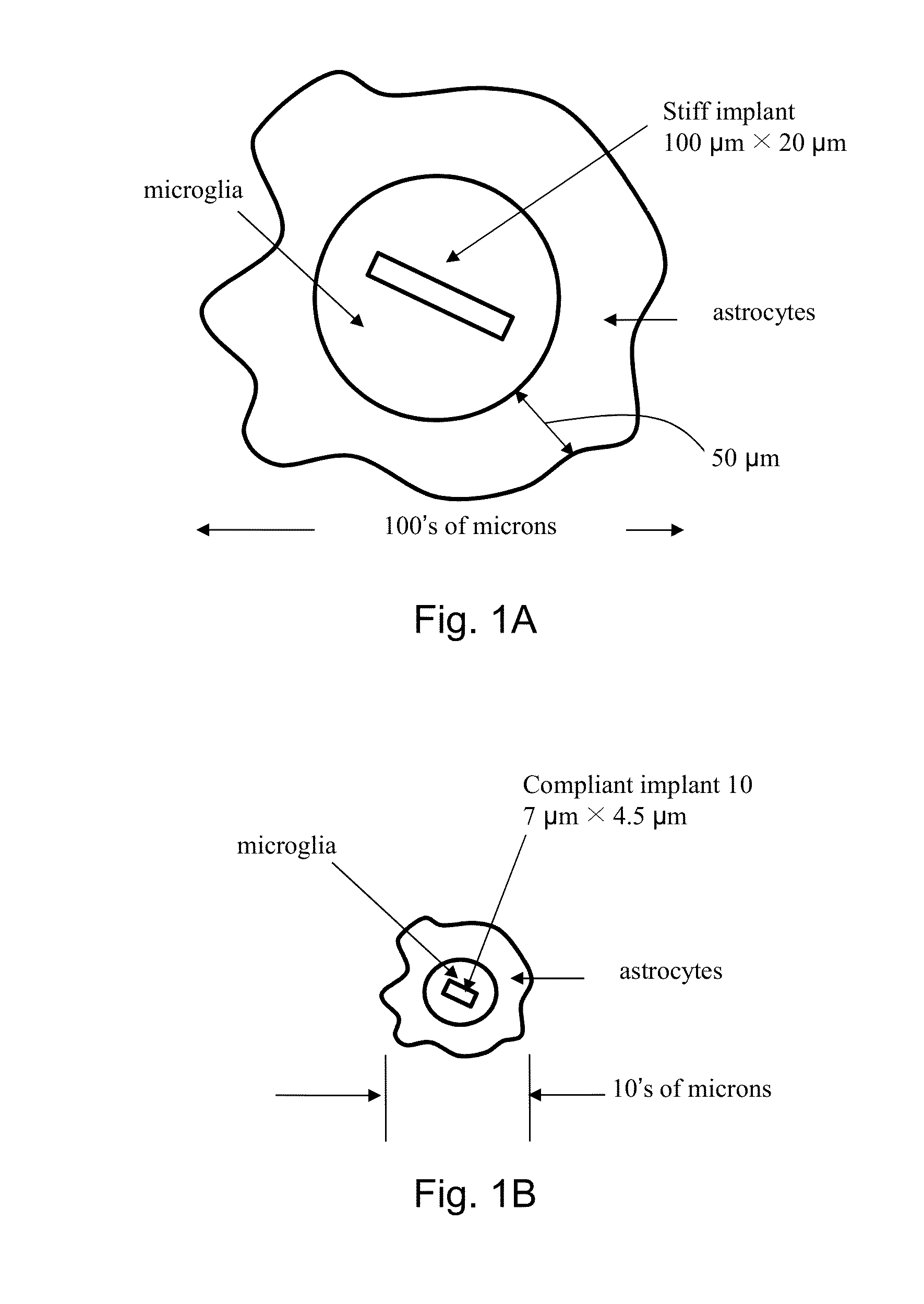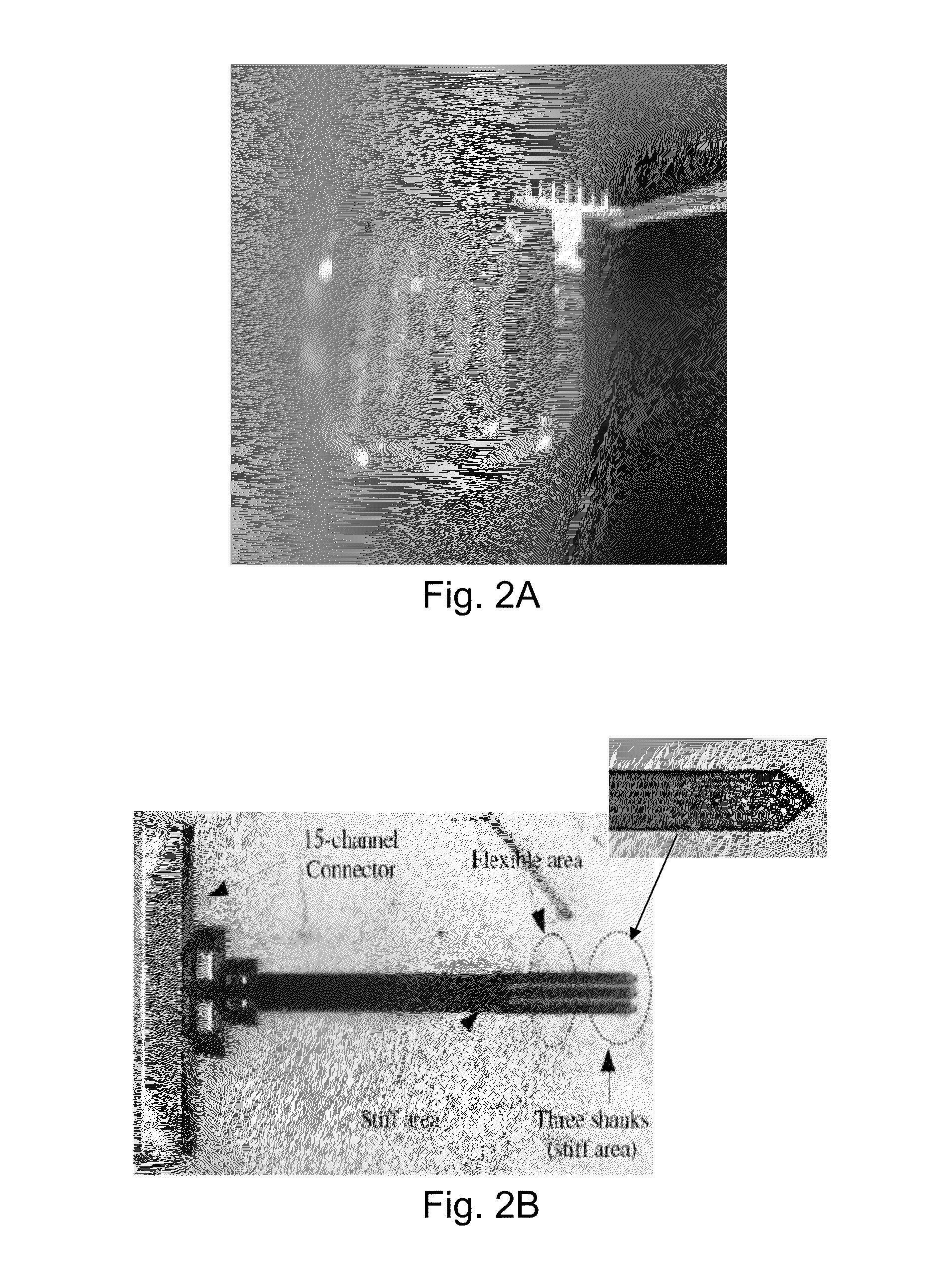Apparatus and method for implantation of devices into soft tissue
a technology of soft tissue and implantation method, which is applied in the field of apparatus and methods for the surgical implantation into soft tissue of devices, can solve the problems of high device failure rate, over-design of devices with larger-than-needed foreign materials, and functional failures, and achieve the effect of reducing the damage to soft tissu
- Summary
- Abstract
- Description
- Claims
- Application Information
AI Technical Summary
Benefits of technology
Problems solved by technology
Method used
Image
Examples
Embodiment Construction
[0045]The present invention addresses the problem of the accurate and precise placement and depth of devices implanted into human tissue with reduced soft tissue damage. Now turning to FIGS. 5 and 14, the present invention is an apparatus 10 for holding, referencing, targeting, and implanting devices of various sizes, shapes and materials into soft tissue and the method that must be followed for the achievement of accuracy, precision and reduced damage using the apparatus. The apparatus 10, by way of representation and not invention limitation, can include an actuator 12, laser ranging sub-system 30, contact sensor 16, load cell 20, imaging sub-system 28, clamp mechanism 18 with clamp surface 22, processor 40, memory 42, and display 44 for implantation of device 14 into tissue surface 32 (FIG. 6B) of a patient. The high level operation of the apparatus and the method for executing implantations is detailed in the process flow diagram in FIG. 13. The step numbers are labels and are n...
PUM
 Login to View More
Login to View More Abstract
Description
Claims
Application Information
 Login to View More
Login to View More - R&D
- Intellectual Property
- Life Sciences
- Materials
- Tech Scout
- Unparalleled Data Quality
- Higher Quality Content
- 60% Fewer Hallucinations
Browse by: Latest US Patents, China's latest patents, Technical Efficacy Thesaurus, Application Domain, Technology Topic, Popular Technical Reports.
© 2025 PatSnap. All rights reserved.Legal|Privacy policy|Modern Slavery Act Transparency Statement|Sitemap|About US| Contact US: help@patsnap.com



